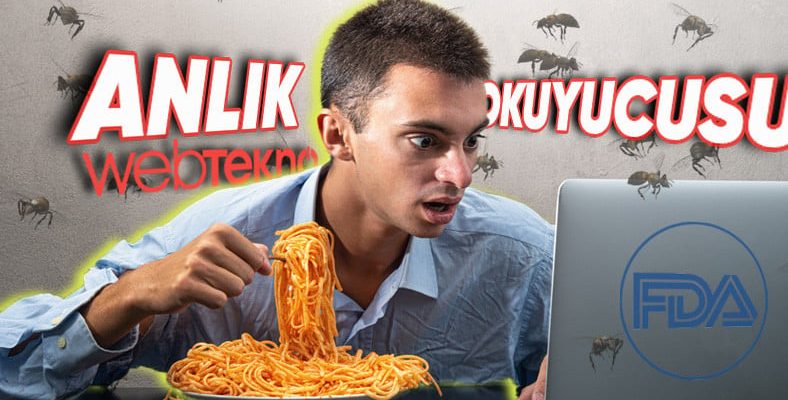Do you know how many insect parts or rodent hairs are in the peanut butter you love in the morning, the coffee you drink with pleasure, the pasta you eat for dinner, or the chocolate you think makes you happy?
Before reading this content, you can say goodbye to the products we have listed, because when you reach the end of the content, you can use some of the food items in your home. You won’t even want to put it in your mouth.
Let us give you a detail in advance that will ease your mind a little bit. The “assholes” we are talking about Products exported from America Valid for. However, you should not forget that the use of insects is allowed in many products, especially red ones, in Turkey.
Warning: The second image following the content may be disturbing.
“This is America’s game.” Before saying that, let’s look at the insects that are permitted in our country.
You know, like those pastrami, salami, fruit yoghurts and ice creams you buy from the markets? red products There it is, in all of them “carmine” It is allowed to use the insect named.
“What is the purpose of use of this “beloved” insect? Are there any harms?You can find your questions such as ” in our relevant content. Let’s get back to our topic immediately.
RELATED NEWS
Is Insect Blood Used to Color Foods Like Bacon? What is the E120 Substance in Product Packaging? Is It Harmful?
“Let’s just eat it.” Who allows these insect legs, poop and feathers to be in many foodstuffs, and why?
The US Food and Drug Administration (FDA) recommends that foods contain maximum levels that do not pose a health hazard. natural and inevitable defects They’re giving permission. In other words, insects may come during the collection phase of the product from the soil, and some of them may enter the food during the production phase.
They allow this because growing, harvesting and processing products that are not hazardous, naturally occurring and completely free of unavoidable defects, according to the U.S. Food and Drug Administration It is both uneconomical and difficult to practice.
“What do we care about this? Let the Americans think about it.” Don’t say.
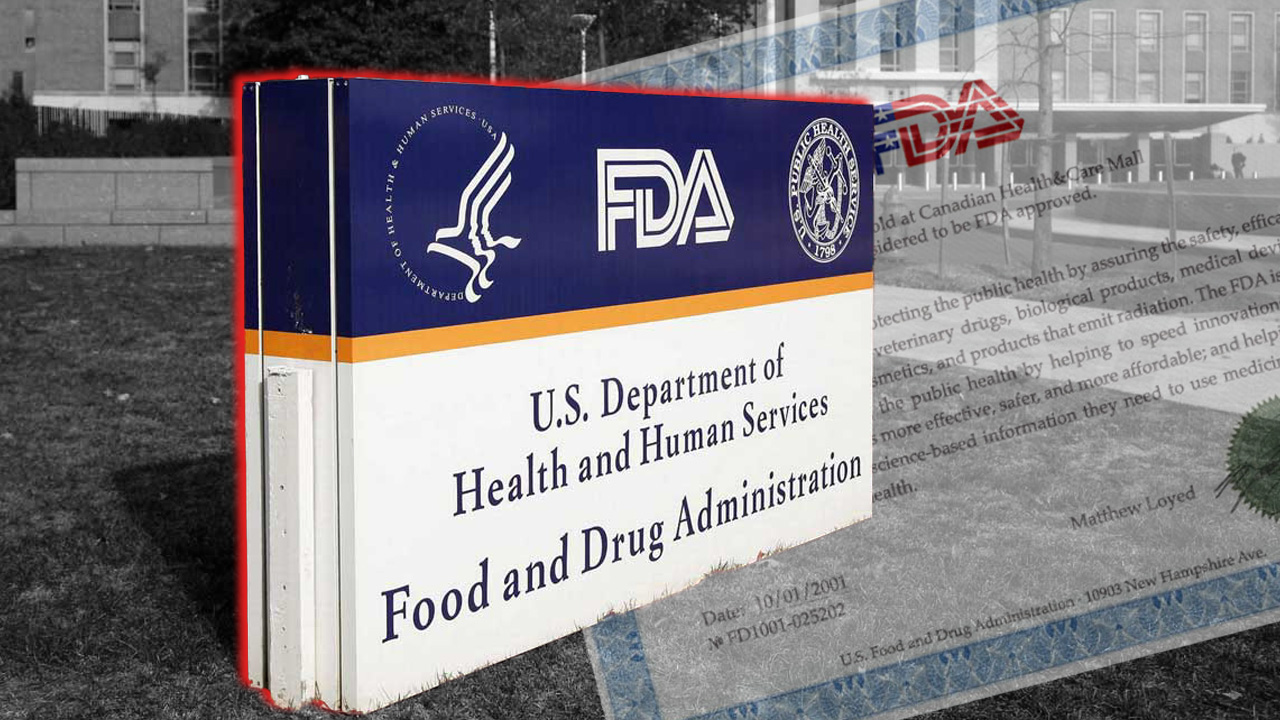
If manufacturers in America want to export their products, they must first obtain permission from the US Food and Drug Administration. Not only for food but also for many products coming to Turkey from America. FDA certificate required is being kept.
How much “dirt” does each food contain, on average?
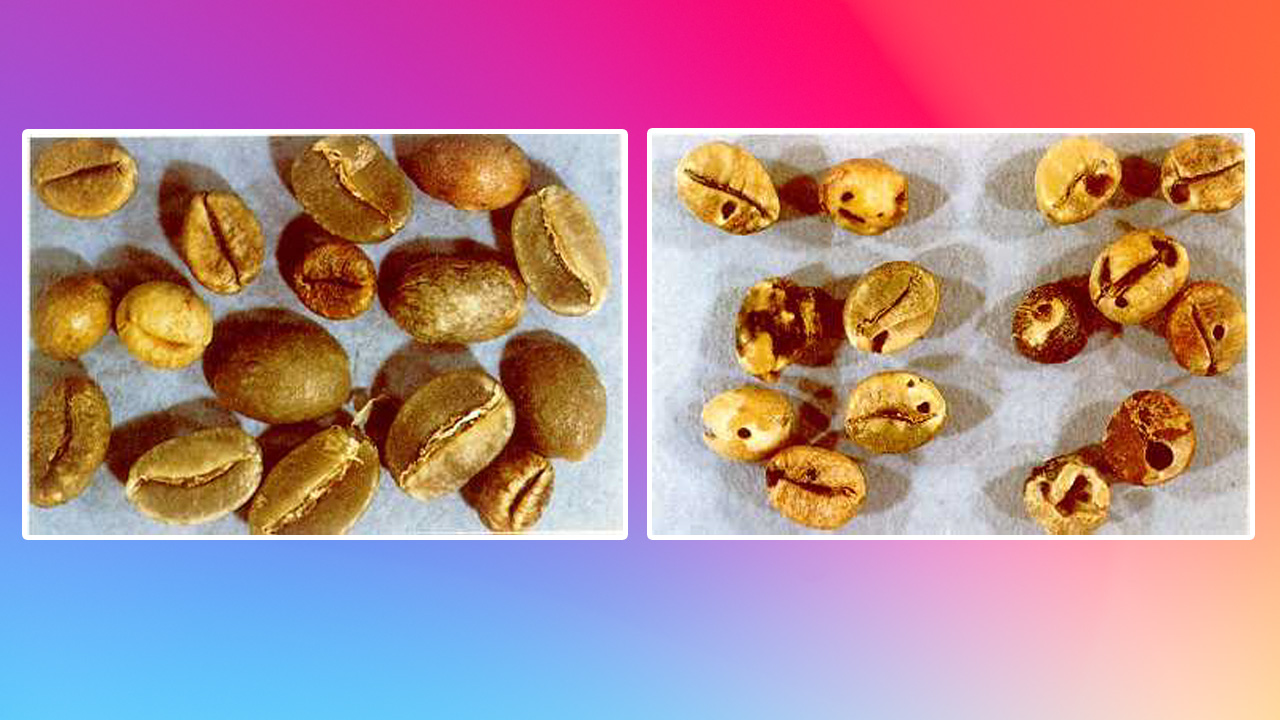
Undamaged and wormy coffee beans
Let’s start with breakfast. If you are from America your peanut butter If you have it on your table, know that 100 grams of it contains 30 or more insect parts, 1 or more rodent hairs, and more than 25 mg of water-insoluble inorganic residue. Moreover, peanut butter is considered one of the most controlled foods on the FDA list.
Have you lost enough appetite for breakfast? What we consume during the day We also looked at some products.
“Let’s have a coffee and digest.” If you say so, it would be better to think again. cocoa beans More than 4% are infested with insects and the same percentage are moldy. Average per kilo 10 mg or more of mammal feces can be accepted.
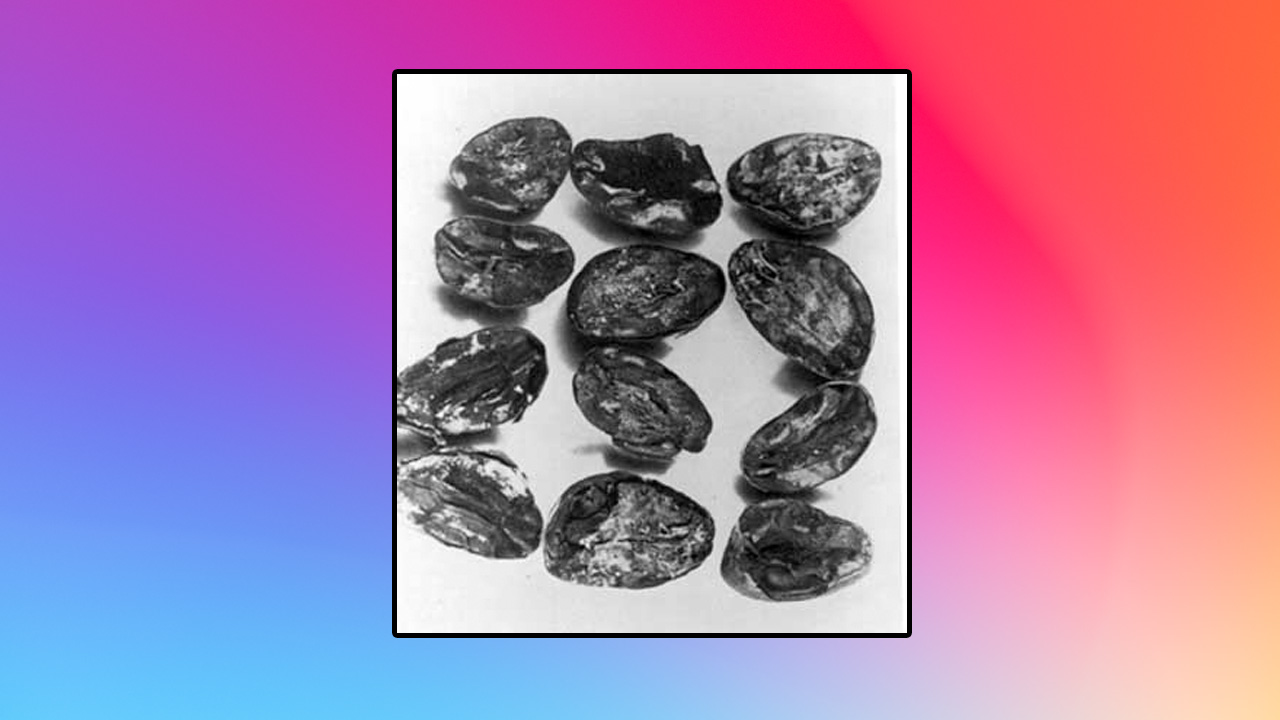
Cocoa beans rejected due to mold
You’ve lost your mood, you’ve lost a little bit of happiness too. chocolate Did you want? Then we have another disgusting but true piece of information. 100 grams of chocolate, average 60 or more insect parts Contains 3 or more rodent hairs. Insect infestation or contamination with animal hair and feces after harvest or during processing are cited as sources of defects. Thank you FDA!
FDA also made a footnote for chocolate and cocoa. “potential health hazard” says. In other words, coffee beans and chocolate contain chemicals that can cause illness and even death. mycotoxin (mold type). Mushrooms are also included in this footnote.
“We are excited, we can eat whatever is in the pasta so that it can be suppressed.” If so, we think you should give up on that too. Because 225 grams of pasta an average of 4.5 or more rodent hairs per head, 225 insect parts It is “accepted”.
These examples are, of course, products that insects and rodents jump into. just a few. If you are wondering more, you can examine the dirt levels in other products by clicking here.
We eat it without realizing it because we cannot see it with our eyes, but how do they count so many pieces?
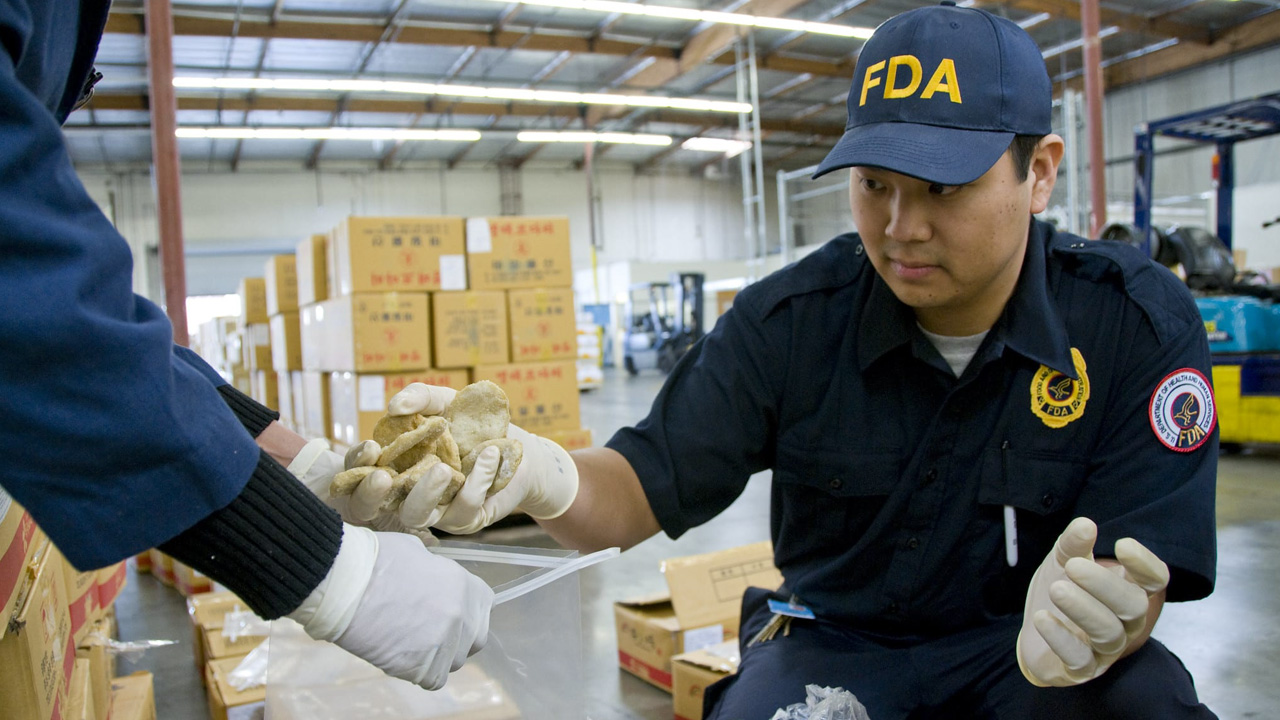
It is constantly packaged and processed to ensure that food manufacturers do not add other products that violate the rules. samples of finished products being taken. For example, the number of dirt in pasta we give is measured for 6 packages.
The samples taken are also subjected to X-rays and metal detectors. The purpose of this is pieces of stone, metal, glass or plastic To understand whether it comes with the harvested food item.
Professor of Agriculture and Human Sciences, Food Safety Expert Ben Chapman, while evaluating the risk factors, stated that glass or other fragments could injure people, but that the permissible level of insect fragments, even if they were disgusting, will not cause foodborne illnesses says. Is anyone comforted by Chapman’s words?
Let’s not forget that many people in different parts of the world eat insects consciously.
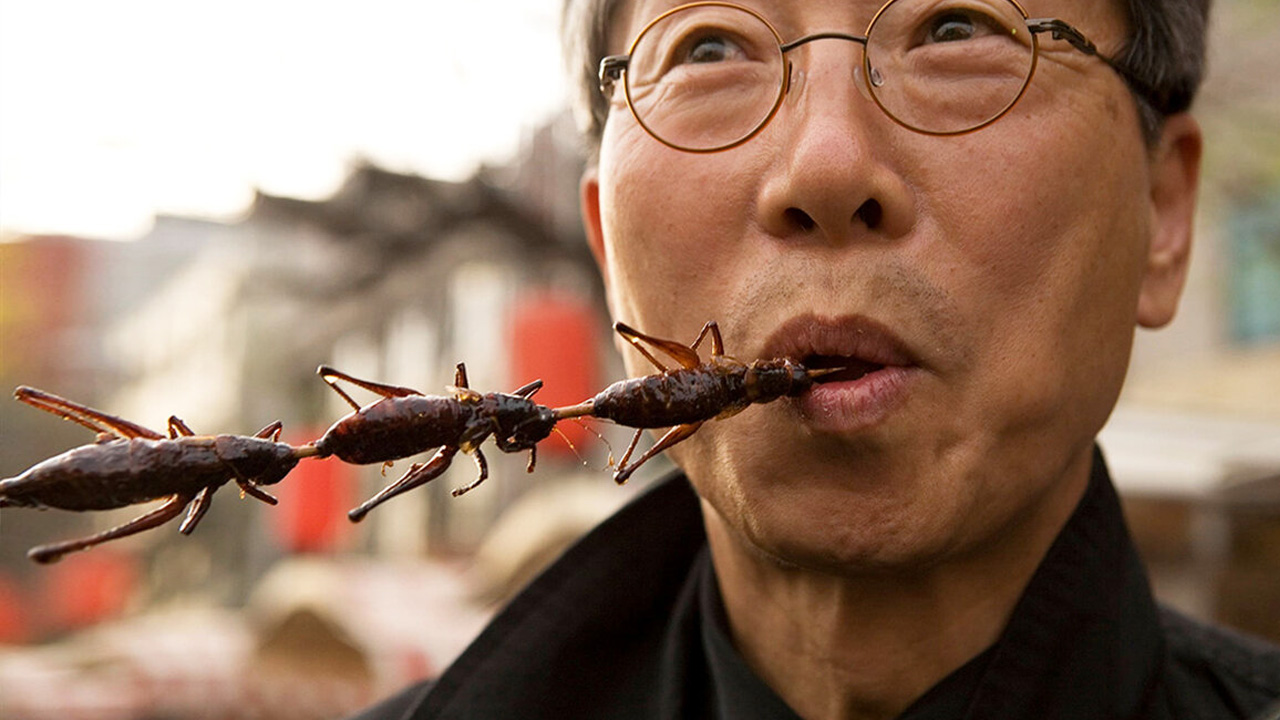
We know that people in some countries have different tastes. This much, bat eaters After seeing it, we adopted it even more, okay, but “How do you eat that, friend?” There are other habits that we call.
People in parts of Africa and South Korea grasshopper eating. The grasshoppers that have not become active are collected early in the morning, boiled, cleaned and salted. I guess the salt is for flavoring too!
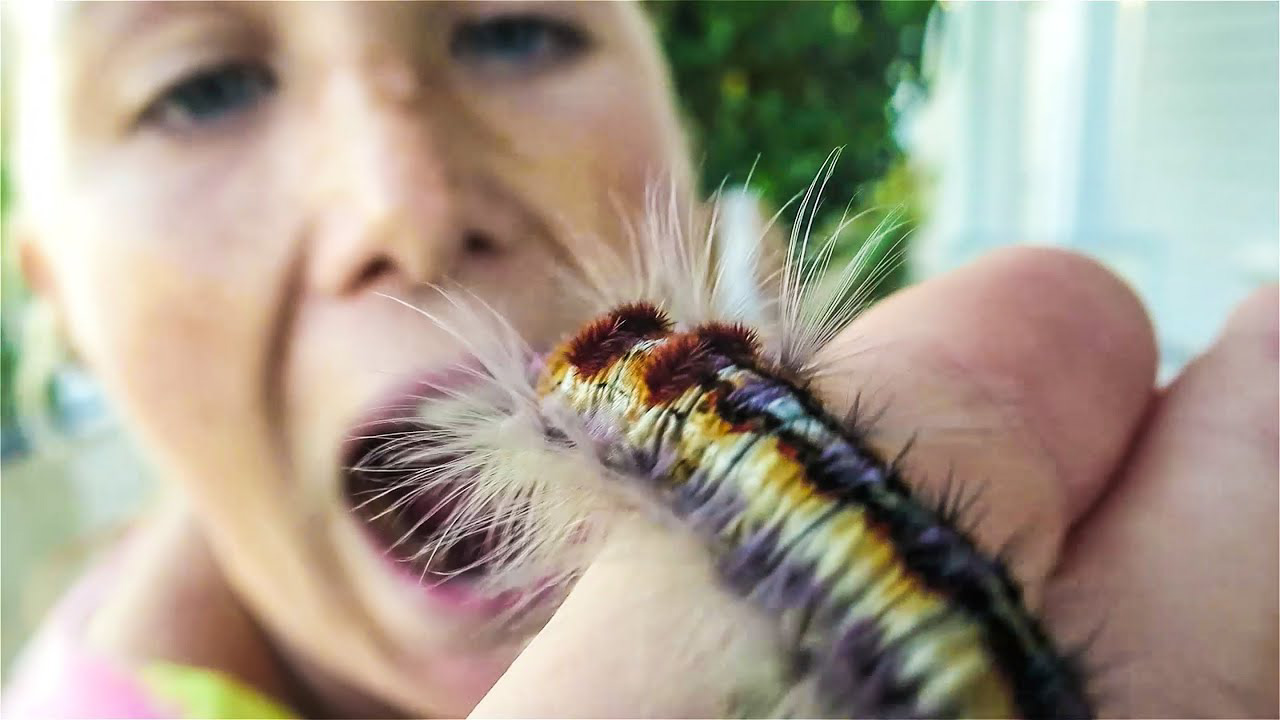
“-What’s for dinner tonight? –Caterpillar.” It is also possible to hear this in Mexico. It is sold fresh in markets and fried before eating. Crispy!
Thai people use it as a crispy snack. cricket love. Water insects are also included in the menu.
What should we say first to us and then to all those who eat insects? Enjoy your meal…
Our content about food ingredients:
RELATED NEWS
Harms of E171, an additive found in dozens of products such as toothpaste, shampoo and chewing gum.
RELATED NEWS
Eating Insects and Artificial Meat Turns Out to Be ‘Beneficial to Health and the Environment’ (Science Says, We Don’t…)
RELATED NEWS
We Are Actually Eating Insect Feces: How is Honey Produced from a Pine Tree That Doesn’t Even Have Flowers?
RELATED NEWS
Are there additives derived from “hair” in dough products?
RELATED NEWS
10 Dangerous Types of Bacteria Found in Kitchens and Foods
RELATED NEWS
What is the Beef Gelatin That We Maybe Eat Every Day? Is It Harmful to Health?
RELATED NEWS
